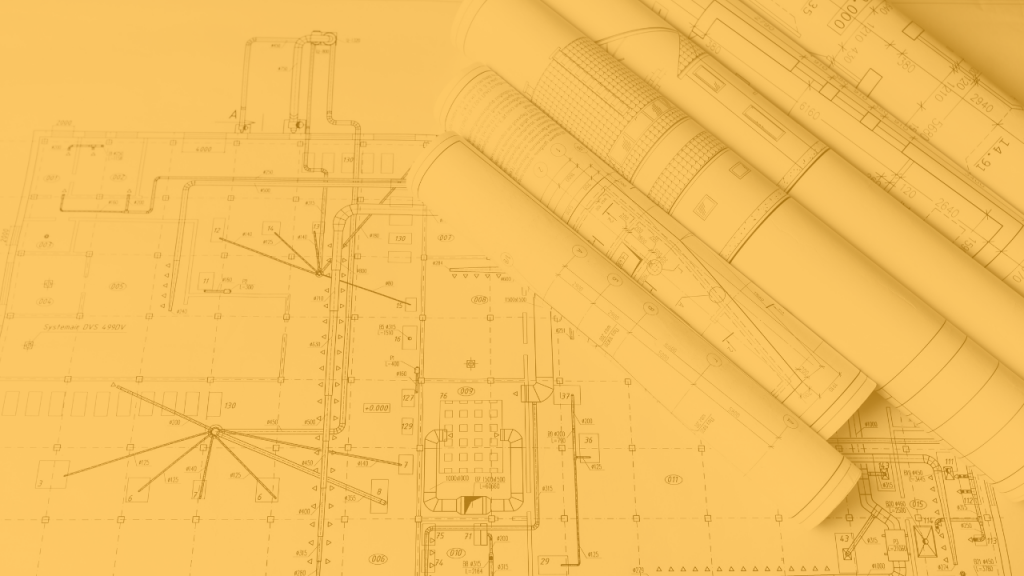Enterprise Architecture for the Modern Public Sector

Accelerating digital transformation through enterprise architecture
Lorraine Pestell,
Acting Director, Information Policy & Architecture, Queensland Government Customer & Digital Group
Reimagining enterprise architecture
Enterprise architecture has long been seen as an obscure and somewhat opaque operation, situated somewhere between the IT and business departments of many large firms or government institutions. Those who don’t work with enterprise architects (EAs) or in that field rarely know what it is or how their work affects everyone else. Lorraine Pestell , the Acting Director of Information Policy & Architecture at the Queensland Government Customer & Digital Group (QGCDG) [1] , who has been an EA for more than 40 years, says that in recent years for a range of reasons, “enterprise architecture has definitely gone through a bit of a naval gazing phase.” In fact, to quote from a McKinsey & Co paper in 2021 [2] , modern EAs need to ‘operate very differently than they did even three years ago.’ In many ways, this means “coming out of our ivory towers and getting a whole lot better at communicating with people who don’t necessarily understand what we do.”
In a broad sense, the EA profession works in the digital space, and that means “anything that’s technology related,” or in other words, “helping agencies to digitally enable their services for their customers.” In Queensland however this is not quite where it should be because “we are lagging behind most other states in terms of digital transformation.” Nonetheless, the state is eager to update their “digital data and ICT governance, but only in the sense that it sets guardrails and then gets out of the way.” From a governance and resources perspective, as the pandemic subsides, “we all needed to make sure that we’re controlling our ICT spending and looking towards more government collaboration.”
“Enterprise architecture can bring the outside-in view, which means thinking about our technology and digital capabilities from an external stakeholder perspective. As EAs, we want to make sure we’re maximising value and maximising the sharing and use of data, while trying our best to minimise or reduce the complexity of it, and the risk that our organisations are subjected to.”
says Lorraine Pestell, Acting Director, Information Policy & Architecture, Queensland Government Customer & Digital Group
What that really means is that in the last few years, enterprise architecture has changed its focus, “from an internal centre of excellence type role, to really be a servant to our executives.” It is now about “steering our teams in the right direction and providing them with the kinds of resources that they need to see the big picture.” That also means working with Ministers, executives, citizens, and others not necessarily previously associated with EAs.
A new approach
That big picture approach in the state public sector means working with every department within the Queensland government. The “overarching guide is the digital economy strategy, which is nearing completion.” EAs also work with digital inclusion and investment strategies, as well as other services to “support and find common solutions.” For instance, “every organisation has a finance department so there are a lot of commonalities that we could be taking advantage of, and EAs pull it all together.” They develop a digital asset once, and then everyone can use it. This has already happened in the area of health and safety. Every organisation needs to keep its workers safe and adhere to the legislation. Rather than “each agency going out to market and engaging with a different supplier, we are creating state assets with a common solution across all agencies.” The ultimate plan, therefore, is to “provide a set of resources and tools for agencies to be able to implement and execute on their own as part of the broader strategy.”
If enterprise architecture can achieve this and create commonality and unification, then it will “finally really come into its own.” The only problem with this new approach and mindset is that most of that is not expressed within the term ‘enterprise architecture’. “Maybe we need to find a different name or get much more skilled at explaining what our value is.” Up till now, people either don’t know what EAs do or “we’re seen as the people with the big stick telling people to have a good think about what they’re doing. We need to be more proactive and change our reputation.” Ultimately, “we’re about joining the dots.” In Queensland and elsewhere, EAs find creative solutions and “join various pieces of activity together. We concentrate on business value and de-risking.”
Future planning
Part of the new approach is about creating an enterprise architecture for the whole of government currently, and then also projecting into the future. The state of the current architecture has been derived by the QGCDC team “by collecting data on each agency’s ICT assets and the projects that they’re running, for many years.” This has then been aligned to other data and as a result, “we have a very comprehensive current state business architecture.” But the point of knowing the current state is in order to predict and plan for the future. It is still “a work in progress and in its infancy,” but nonetheless paints a good picture.
The data suggests that in 2020 there were “8,977 ICT products in use across all of Queensland government, and particularly across 97 principle Ministerial responsibilities or government services.” However, since many of the services were shared or commonly used, in reality, it “boils down to 56 different business capabilities across the sector, which is quite manageable.” Of these, “we get each agency to score each application on business criticality and technical condition, based on various criteria.” These include things like strategic importance, whether a service is easy to use and fit for purpose, user satisfaction, and supplier or support responsiveness, amongst others. On most criteria, most services scored well, but “data quality is a bit of a problem. We’re now working with agencies to make sure that we’ll get better quality data in the future.”At the end of each cycle (year), each agency gets a report, showing how each capability or application is doing. It is a detailed and very colourful report, but the most important thing is that “it is very valuable to present this to agency executives and if there is a majority in green then everything is working well, but if there is a lot of red then there are problems.” It is a good representation of “what needs to be fixed first” in order to get to a better future state.
Most of the future planning however comes from “business demand.” Built into each of the various strategies are objectives and requirements that agencies need to meet. To achieve these, “we’re developing a set of digital government services for both citizens and agencies, along with a digital professional workforce plan. This is about ensuring that Queensland has the right skills to be a digital state in the future.” To make that, even more, the case, “enterprise architecture should no longer be in the domain of IT. I think most EAs would love the opportunity to be taken out of the IT frame and put in a business area. We join dots within IT but also outside of IT.” On top of that, “enterprise architecture and portfolio management have to be in lockstep because they are two sides of the same coin.” Finally, for enterprise architecture to be taken seriously and appreciated for what it is, “we need to learn from other industries.” Ultimately it is all one ecosystem and “if we are better at working with others then maybe we can be considered value architects!”



































